Art Education
Art for Educators final project- create electronic or paper posters illustrating the 7 elements of design. We included both our own artwork, and art found online or in magazines. I had a great time exploring the different projects! We "arted" so hard! :) I also had fun finding spiral and circus themed paintings to illustrate the elements. I've included these pictures in a gallery for easier viewing than in the Prezi. Many thanks to our VIU instructor Heather Pastro for the excellent instruction and inspiration!
1 Comment
Digital Storytelling- Using Technology to Redefine Literacy Digital Storytelling- using technology to reshape literacy opportunities The topic for this reflection was inspired by a recent assignment. We were told to create an "all about me" picture book to share with our students, as a way to build relationship. We are then to create a lesson plan in which the students also create a book, as another step towards creating a community of learners. I am a highly creative and technological person, so I was immediately excited to create a digital version of an 'all about me' book- one that I could share with my students, using a program (Prezi) that was simple and able to be used by students on their existing school technology. This program also allows for music and video to be included, and can be converted to a PDF to be printed out if required for the assignment. This was a perfect opportunity to integrate technology into the classroom. As long as the technology is supported in the school, I feel that children should be encouraged to use it whenever possible. 1) Students are more interested in learning when they are engaged. Technology is a way to engage them. I am very excited to share my story with the children in my classroom, and to learn more about them. "Students of narrative believe that we formulate notions of ourselves by telling ourselves stories about who we have been in the past, and who we want to become in the future." (Hull 232) My teaching philosophies are centered around relationship building with my students, and this assignment is one that I hope to actually be able to use in the future. However, as reflected by my preference to complete the assignment digitally, I also value incorporating technology whenever possible. The many steps in story creation allow for many exciting opportunities to incorporate technology. We must "learn how to integrate easy-to-use technology into all stages of the writing process in order to enhance how elementary students plan, write, and create digital stories." (Bogard, 2012) That the story revolves around personal identity is especially engaging: "The theoretical entry point for exploring digital storytelling and other forms of multimedia... has been the rich and vast literature on Identity." (Hull, 232) A digital format for an 'all about me' book allows for a wider definition of creativity- one that children are already used to functioning with in today's society. The ability to include video, sound, or animation instead of the standard picture/text combination opens up creative doors. "For students.. there is great delight in pairing spoken word and music with image, often for ironic or humorous effect. (Hull, 230) The ability to represent oneself in the format that best reflects your interests and abilities should be encouraged. Children who are interested and inspired by technology should be encouraged to use it, as it then creates more engagement in the activity; Engagement results in deeper reflection and metacognition. "There is a connection between conceptions of self and how and why we learn, and the linkage between the desire to acquire new skills and knowledge and who we yearn to become as people." (Hull, 232) "The ability to render one's world as changeable, and oneself as an agent able to direct that change, is integrally linked to acts of self-representation through writing, as Freire taught us long ago, and through other semiotic systems. When those moments of self representation are intensely preformative, as with digital storytelling, they can be especially powerful." (Hull 232) Children must have the freedom to represent their lives in dynamic ways- and to present those representations on a global scale through the World Wide Web. 2) The definition of Literacy must be expanded to include digital and multimedia concepts in today's world. Historically, being literate has meant the ability to read, write and communicate effectively. Today's technologies are widening the definition of what it means to be literate: We have "a most urgent need to expand our conception of what it means to be fully literate in new times...A familiarity with the full range of communicative tools, modes and media... along with the space and support to communicate critically, aesthetically, lovingly and agentively- these are paramount for literacy now." (Hull, 230) Our children are entering a world of global economy and politics, where the traditional context of literacy must include technological comfort. The Western education system has been slow to adapt to these changes; whereas children in the UK are taught coding and computers from early elementary, here we struggle to 'get off the page'. "New literacies... are at the very center of those forms and practices of communication and representation that are crucial in our new times" (Hull 233) 3) Using digital means to create in addition/supplement traditional literacy teaching methods, and in order to expand creative capacity To be clear, the incorporation of technology is not a replacement to traditional learnings, but a supplemental tool that expands creative abilities and depth of engagement. "Digital stories... offer distinctive contrasts to the primarily alphabetic texts and the forms of textual reasoning the predominate in schools... Ours is an age where the pictorial turn has supplanted the linguistic one, as images push words off the page and our lives become increasingly mediated by a popular visual culture" (Hull 230) All the traditional forms of learning structure still should be present- pre-reading exercising, visioning and planning, structure, and refinement- yet all can be taught using digital tools. 4) Assessment challenges Historically, teachers who have had access to new technologies have had problems integrating the products into the curricular outcomes and standard assessment tools. "Innovative digital practices are significantly more complex and varied that traditional literacy curricula and externally imposed standardized assessments currently permit. Consequently, many features of new literacy practices remain untapped by standardized literacy tests...Conventional literacy [often] lacks 'life validity'' since they do not reflect the authentic digital literacy practices in social contexts beyond schools. New Literacy Studies reform conventional measures of literacy by generating, implementing, refining and disseminating innovative models of digital and multimodal literacy assessments for the new times." (Mills 2010) The new BC curriculum allows for more flexibility and therefore integration of technology. The Big Ideas and Core Competencies allow for a broader scope and definition of learnings and on product that meets a general rubric. I'm looking forward to further learning on Assessment and how to incorporate the new technological capabilities to meet our changing needs. References: Bogard, J. M. and McMackin, M.C. (2012), Combining Traditional and New Literacies in a 21st Century Writing Workshop. The Reading Teacher, 65: 313-323. doi:10.1002/TRTR.01048 Hull, G. A. (2003) At Last: Youth Culture and Digital Media: New Literacies for New Times. Research in the Teaching of English. Vol 38. No. 2. (Nov 2003), pp. 229-233 Mills, K.A. A Review of the 'Digital Turn" in the new Literacy Studies. Review of educational Research. June 2010 Vol. 80 no. 2 pp. 246-271 doi: 3102/0034654310364401  Mathematics Blog Post #1 Cohort 2 ___ By Karina Strong Math. For some, the mention of Math Class evokes feelings of panic, inadequacy, and dread. Much has been written on these feelings called Math Anxiety or Math Phobia. I too have had this emotional response for most of my life. This series of 3 blog posts is my exploration in my personal re-framing of my attitude- the evolution from anxiety to wonder. What is Math? Math was taught to me in the same manner that most math phobic kids were taught: Timed worksheets, formula memorization, drills, and endless rote memorization. I did not have a solid number sense foundation, or understanding of what math represented. It was a frustrating experience, full of failure. A few years ago, I was lucky to hire a new employee for my circus business. Kat is not only a talented performer, he is a ‘math guy’. He loves math. Not only because he understands the equations, but because he understands the Language of Math that the equations represent; he can translate the equations into patterns. He would try to explain these patterns to me, and little by little over the course of time my eyes stopped glazing over when he spoke and I began to have an inkling into what he was talking about. "Mathematics is the study of patterns, and the equations that come from it are merely written shorthand for exploring those patterns, akin to a poem about a sunset being a written reminder to the author of the experience." DrexFactor.com This concept was revolutionary to both my understanding and my attitude about Math. As a movement artist, I am very interested in patterns- the patterns that we make with our dance, and the patterns of how the performers move on stage. That Math is a symbolic representation of patterns not only explains the reasoning behind it but opens up a new door in appreciation. As Kat has often said to me, “Math is beautiful.” I'm beginning to believe him. Patterns in Nature Patterns are everywhere in nature. Human beings are hardwired to recognize patterns; Patterns are beautiful to us. If language is the dawn of humanity, Math and numbers are in the truest sense the symbolic representation of thought. Math is the symbolic language of patterns and therefore of the universe. The language of God, one might say. “We live in a universe of patterns. The stars move across the sky, the moon changes phase monthly, the seasons cycle at yearly intervals, snowflakes all have sixfold symmetry, animals are covered in stripes and spots, waves move across the desert and the ocean, rainbows float across the sky..” (Stewart p 1) By using Math to organize our ideas about patterns, we can understand these patterns with greater clarity. The more clarity we have, the more questions we can answer about the science that governs natural processes. There are countless patterns in nature; here are two interesting examples that I have learned about in the course of researching this topic: Fibonacci Spiral The Fibonacci Sequence is the series of numbers: 0, 1, 1, 2, 3, 5, 8, 13, 21, 34, … The next number is found by adding up the two numbers before it. When we make squares with those widths, we get a specific type of spiral. This Fibonacci spiral is a recurring pattern found often in nature. Fractals A fractal is a never-ending pattern. They are created by repeating a simple process over and over. A fractal is a geometric shape that has symmetry of scale. This means that it is a shape that you could zoom in on a part of it an infinite number of times and it would still look the same. This is also called self-similarity. Clouds are good examples of fractal structure in nature. Pattern Breakers: the shape of Chaos The simplest mathematical objects are numbers, and the simplest of nature's patterns are numerical. People have two legs, cats have four, insects have six, spiders have eight. A break in this pattern would seem extraordinary, certainly raising the attention of biologists and botanists. The normality of Nature's patterns is ingrained into our culture in many different ways. "Clover normally has three leaves: the superstition that a four leaf clover is lucky reflects a deep-seated belief that exceptions to patterns are special.” (Stewart, 4)  Being able to recognize and, through the application of Math theory, analyze patterns in our world we are also able to notice dissymmetry or breaks in those patterns. While pattern analysis leads to the deepening of understanding about the laws of nature, analysing the pattern breakers leads to innovative creative thinking and results in scientific leaps forward. “Once we have learned to recognize a background pattern, exceptions suddenly stand out. Against the circling background of stars, a small number of stars that move quite differently beg to be singled out for special attention...It took a lot longer to understand the patterns of planetary motion than it did to work out why stars seem to move in nightly circles. But the Planets were clues to the rules behind gravity and motion.” (Stewart, p 3) Conclusion The study of math teaches us many things. Math is the symbolic language of patterns, and patterns are the key to our physical world. With math, we try to learn not only how things happen; but WHY they happen. We organize the patterns we observe so we can predict how nature will behave. With this understanding we can make practical use of what we have learned. My own understanding of Mathematics is still very basic, but my grasp of the meta reasoning behind Math theory has expanded. I am beginning to comprehend that Math is not only beautiful, it is the language of science and the key to understanding our world. Sources: DrexFactor.com Wikipedia Fibonacci Wikipedia Fractal Stewart, Ian. Natures Numbers. Basic Books 1997 Countless conversations with Kat Language Arts Reflective Journal 1 I am now into the third week of the education program at VIU. My mind is reeling! There is so much to learn, but what is very exciting to me lately is the opportunity to integrate cross-curricula tie ins in our assignments. I come from a social work background, but my focus for the past three years has been teaching circus to children. My circus program is NOT just teaching circus skills, however. Circus is just the hook; what I teach goes much deeper. Perseverance, dedication, teamwork, creativity, confidence- these are all values that are developed and celebrated as we instruct the children in their skill development. The key to successful instruction is the relationships and trust that is created.
I am currently developing a unit entitled "the Science of Circus". The focus originally was on basic concepts of physics, illustrated by circus concepts such as Tightrope walking, juggling, poi spinning, etc. While developing the unit, I've noticed it moving in a dramatic direction however- based on the unexpected discovery of a story. This story is the tale of the complex relationships between the three most important scientists of their day: Sir Isaac Newton, Robert Hooke, and Thomas Halley. Two of these men were best friends, however two of them were bitter enemies. This story includes friendship and incredible acts of sacrifice, but also lies, stealing, betrayal, magic, and even madness. All three scientific geniuses may have faded into obscurity, their discoveries unnoticed, if it were not for the influences, both positive and negative, of their two compatriots. But which one of them could be named the most important scientist of their day? THIS is the story I am researching as my 'hook' for my unit. I'll still be using circus concepts to illustrate the experiments, but it is the focus on the historical story that will be the central unifying theme of the unit. This exciting story and my desire to integrate it into my science lesson plan leads me to some reflective thinking and exploration. What is it that draws me to use this story in my unit? The original concept of 'circus' seems to be exciting enough- I even have a Dr. Seuss book "If I ran the Circus"... to be used at some point in the future I'm sure. What is it about this particular story that has captured my attention, and that makes me, as a teacher, want to include it? The answer is because it is based on Relationship. The three scientists motivated each other, whether by support or spite, to become better scientists. It is a compelling story, that can be used not only to deepen understanding of the scientific concepts, but can be used to deepen understanding about the role of friendship, about perseverance, about dedication... all the values that I work to instill with my circus program. I'm unpacking my role as 'teacher'. Just as teaching circus is not about circus, I'm beginning to suspect that teaching science may not be so much about the science. My role as teacher is not to instil facts and skills, it's to foster creative thinking, trust, teamwork, and positive relationships. Everything I teach, whether it be Circus, Science, Math or English- all are simply different tools to instil the confidence and values of emotionally competent human beings. |
Karina Strong
Chronicles of an Educational Adventure Archives
February 2016
Categories
All
|
| Vesta Education |
|
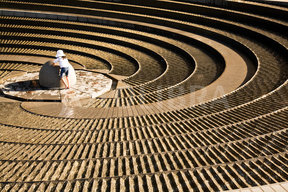
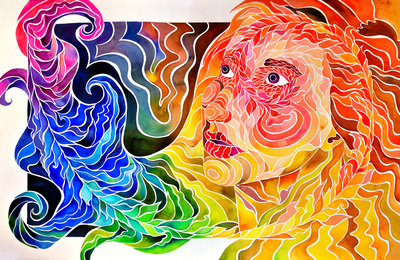


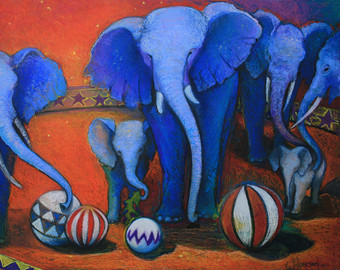
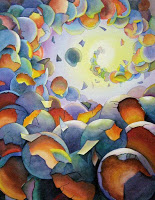
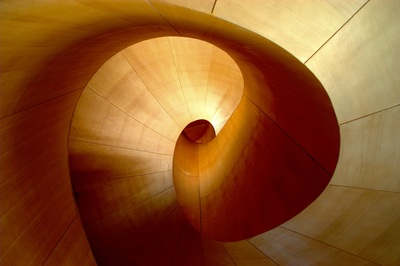
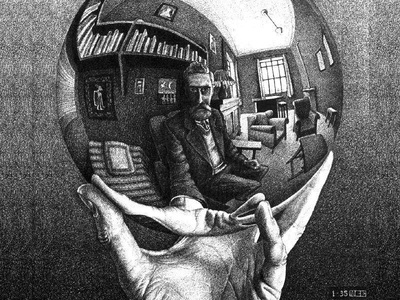
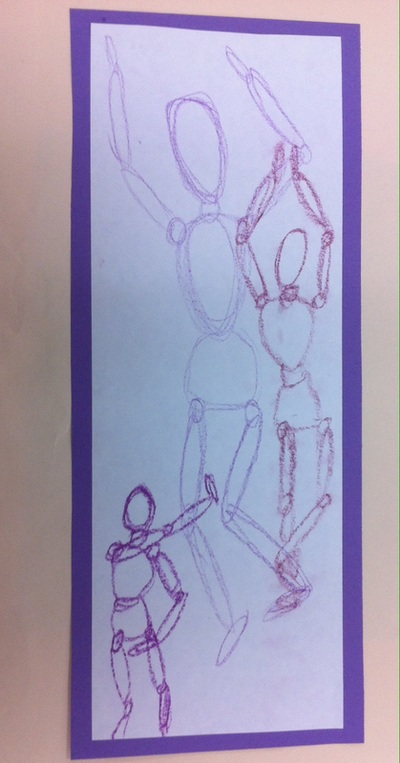

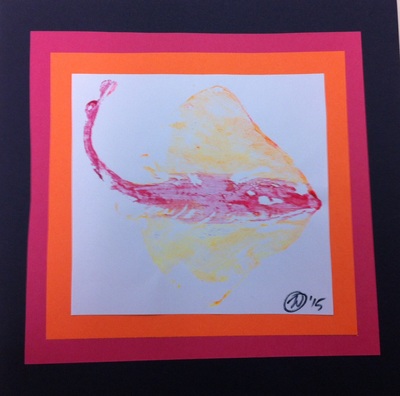

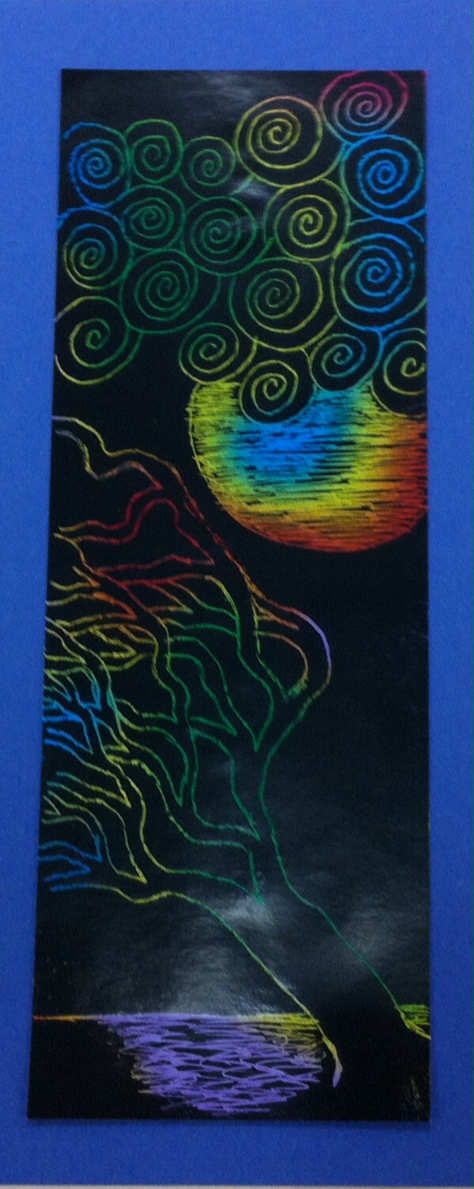
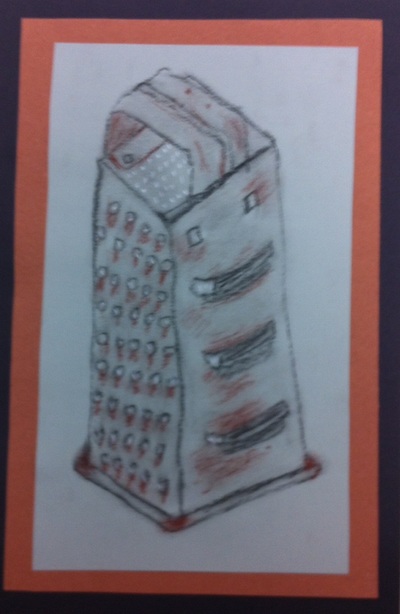
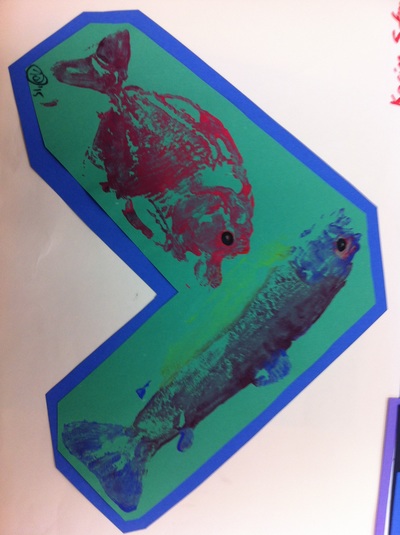

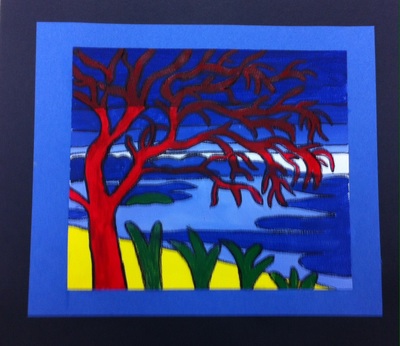
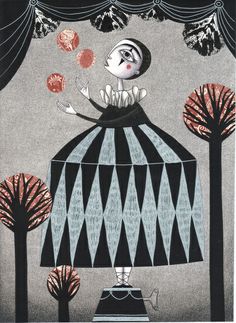
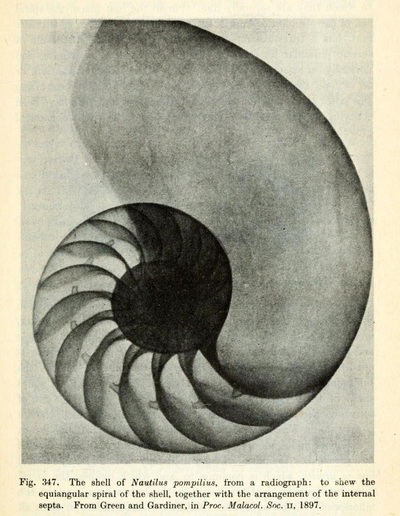

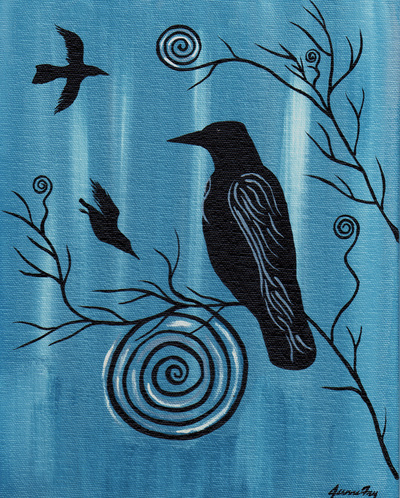
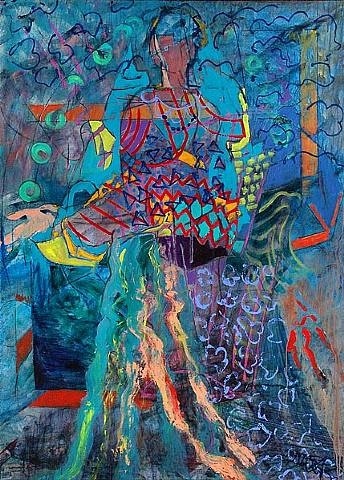
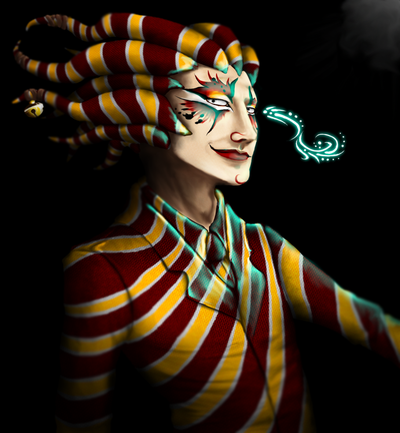
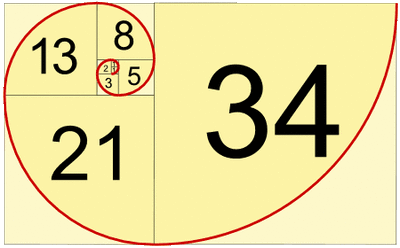
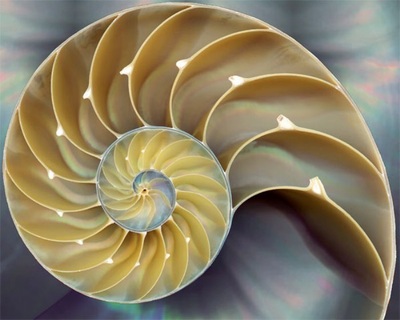
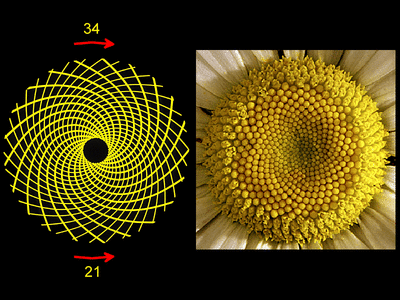

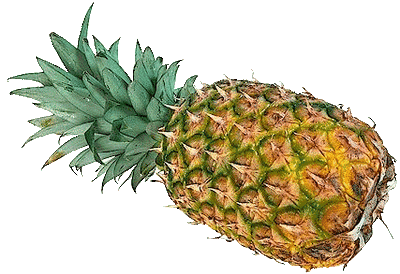




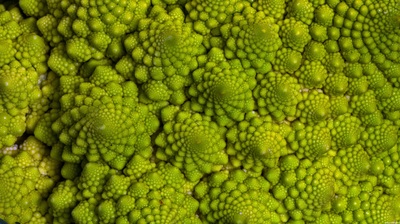


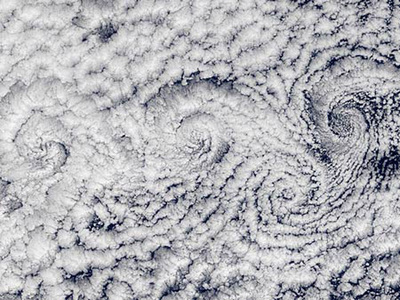




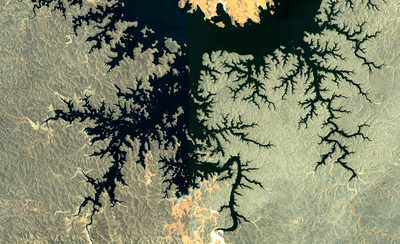
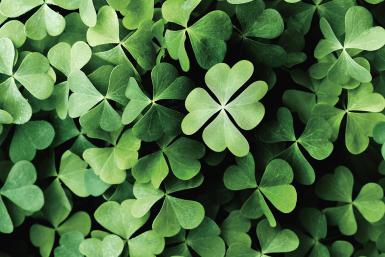
 RSS Feed
RSS Feed
